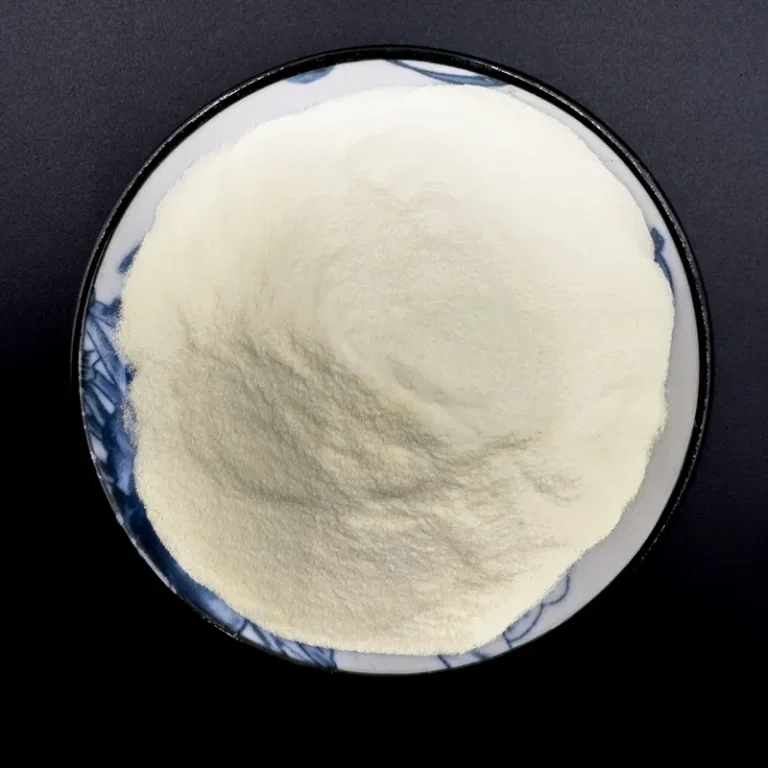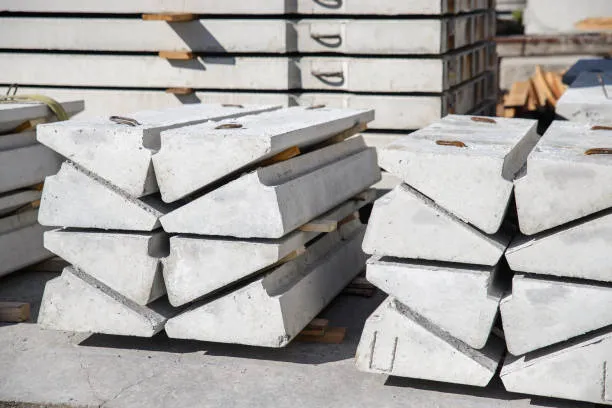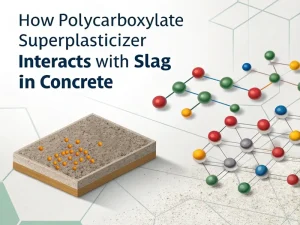Blog

Abstract: Superplasticizer admixtures have become the cornerstone of producing high-performance concrete in the rapidly developing construction field. It has changed the formula and usage of concrete, significantly improving its performance and expanding its application range.
A superplasticizer admixture, a high-range water-reducing agent, is a chemical additive introduced to concrete mixtures. Its primary function is to reduce the water required in the concrete while maintaining or enhancing its workability. This is achieved through a complex interaction with the cement particles in the mix.
It is an admixture that can reduce the amount of mixing water by more than 15% when the slump of concrete is basically the same.
Composition: Polycarboxylate superplasticizers are the most advanced and widely used type today. They consist of a leading polymer chain with numerous side chains. The main chain typically comprises acrylic or methacrylic acid monomers. In contrast, the side chains are often polyethene glycol (PEG) groups. This unique structure allows for a high degree of customization, as the length and density of the side chains can be adjusted to optimize performance for specific applications.
Function: PCE superplasticizers work through a combination of electrostatic and steric effects. The negatively charged carboxylate groups on the main chain adsorb onto the positively charged surface of cement particles, creating an electrostatic repulsion between them, causing them to disperse. The long PEG side chains extend into the surrounding water, creating a steric hindrance that further prevents the cement particles from re-aggregating. This dual-action mechanism results in a highly effective and long-lasting dispersion of cement particles, leading to excellent workability and high water-reducing efficiency.
Composition: NSF superplasticizers are made by condensing naphthalene or its derivatives with formaldehyde in the presence of a sulfonating agent. The resulting product is a highly branched polymer with attached sulfonic acid groups.
Function: The sulfonic acid groups on the NSF molecules adsorb onto the cement particles, imparting a negative charge. This electrostatic repulsion between the charged particles causes them to disperse, reducing the water demand in the concrete mix. However, compared to PCE superplasticizers, NSF superplasticizers have a relatively more straightforward molecular structure. They may not offer the same level of slump retention and water-reducing efficiency.
Composition: MSF superplasticizers are formed by the reaction of melamine with formaldehyde and subsequent sulfonation. They have a more regular, three-dimensional structure compared to NSF superplasticizers.
Function: Similar to NSF, the sulfonic acid groups on MSF adsorb onto cement particles, providing electrostatic repulsion for dispersion. MSF superplasticizers are known for their ability to provide high early strength development in concrete. They are often used in applications where rapid strength gain is required, such as precast concrete production or cold-weather construction.
In traditional concrete mixtures without superplasticizers, cement particles often form flocs due to attractive forces between them, such as van der Waals forces. These flocculent substances capture a large amount of water, making the mixture less feasible and requiring more water to achieve the desired consistency. Superplasticizer decomposes these flocs by adsorbing on the surface of cement particles. Therefore, the water previously trapped in the floc is released and can be used to lubricate the particles, thereby reducing the total water demand in the mixture.
Once the flocs break, the superplasticizer disperses the cement particles throughout the mixture. The uniform dispersion of cement particles reduces the water-cement ratio and ensures more effective cement hydration. A lower water-cement ratio results in a denser concrete matrix, thereby improving the strength and durability of the concrete.
Superplasticizer significantly improves the flowability of concrete mixtures. The dispersion of cement particles reduces internal friction in the mix, allowing it to flow more freely. This is particularly beneficial in applications where concrete requires long-distance pumping, complex placement, or the surrounding steel bars. For example, high-efficiency water-reducing agents in high-rise building construction enable concrete to be pumped to high heights without segregation or blockage.
One of the most essential features of high-efficiency water-reducing agents is their ability to maintain concrete slump over time. Slump is an indicator for measuring the workability of newly poured concrete, and maintaining a consistent slump is crucial for ensuring proper pouring and compaction.
Superplasticizers, especially PCE-based superplasticizers, can preserve the working state of concrete for several hours even under adverse conditions such as high temperature or long-term transportation. This is achieved through their sustained role in preventing the re-aggregation of cement particles.
Superplasticizers like melamine formaldehyde-based superplasticizers, are particularly effective in promoting early strength development. By reducing the water-cement ratio and improving the dispersibility of cement particles, they accelerate the hydration process of cement. This will lead to faster formation of hydration products, thereby increasing the strength of concrete in the first few days of curing. In the production of precast concrete, the improvement of early strength can accelerate the demolding and turnover of the product.
Overall, high-efficiency water-reducing agents contribute to the long-term strength of concrete. The reduced cement ratio achieved through superplasticizers leads to a denser and more uniform concrete structure. Over time, the cement continues to hydrate, and well-dispersed particles react more completely, forming a stronger and more durable concrete matrix. High-rise buildings, bridges, and other large infrastructure projects rely on the long-term strength of concrete treated with superplasticizers to withstand loads and environmental stresses throughout its service life.
Superplasticizers improve concrete’s impermeability. Reducing the water-cement ratio and enhancing cement particle dispersion have created more compact and less porous concrete structures. This makes it more difficult for water, chloride ions, and other harmful substances to penetrate concrete.
In marine structures, concrete is often exposed to seawater, and using superplasticizers can significantly reduce the corrosion risk of steel bars caused by chloride, thereby extending the structure’s service life.
Using superplasticizers to achieve denser concrete structures provides better chemical resistance. Improving concrete microstructure makes it more elastic, whether exposed to acidic or alkaline environments.
In high-rise building construction, high-efficiency water-reducing agents are crucial for pumping concrete to high places. These agents’ high fluidity and slump retention ability ensure that concrete can be transported through long, vertical pipelines without clogging. They also allow easy concrete pouring around templates, steel bars, and complex building features.

Bridges typically involve large-scale concrete pouring at the piers and decks. Maintaining a slump is crucial when pouring concrete in multiple stages or over long distances. Bridges are exposed to various environmental conditions, including traffic loads, temperature changes, and humidity. Superplasticizer improves the durability of bridge concrete, making it more resistant to cracking, corrosion, and wear. This ensures the bridge can safely perform its expected function for many years without severe deterioration.

The early strength function of superplasticizers allows for rapid demolding of prefabricated components, improving factory production efficiency. For example, in the production of precast concrete beams, columns, and panels, high-efficiency water-reducing agents enable the components to obtain sufficient strength in a short period of time so they can be removed from the mould and moved to storage or installation areas.

More superplasticizer application please read: What is a superplasticizer used for?
In short, superplasticizers are essential to modern concrete technology. Their ability to reduce water usage, improve processability, enhance strength, and improve durability makes them indispensable in various building applications. With the construction industry’s continuous development, developing and using high-efficiency water-reducing agents will play a crucial role in meeting the growing demand for high-performance concrete structures.

How Polycarboxylate Polyether Monomer Affect Concrete Performance
Blog How Polycarboxylate

How Polycarboxylate Superplasticizer Interacts With Slag In Concrete
Blog How Polycarboxylate